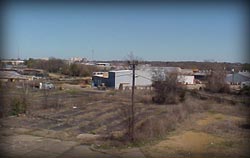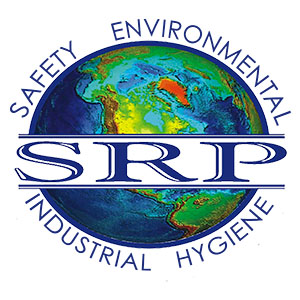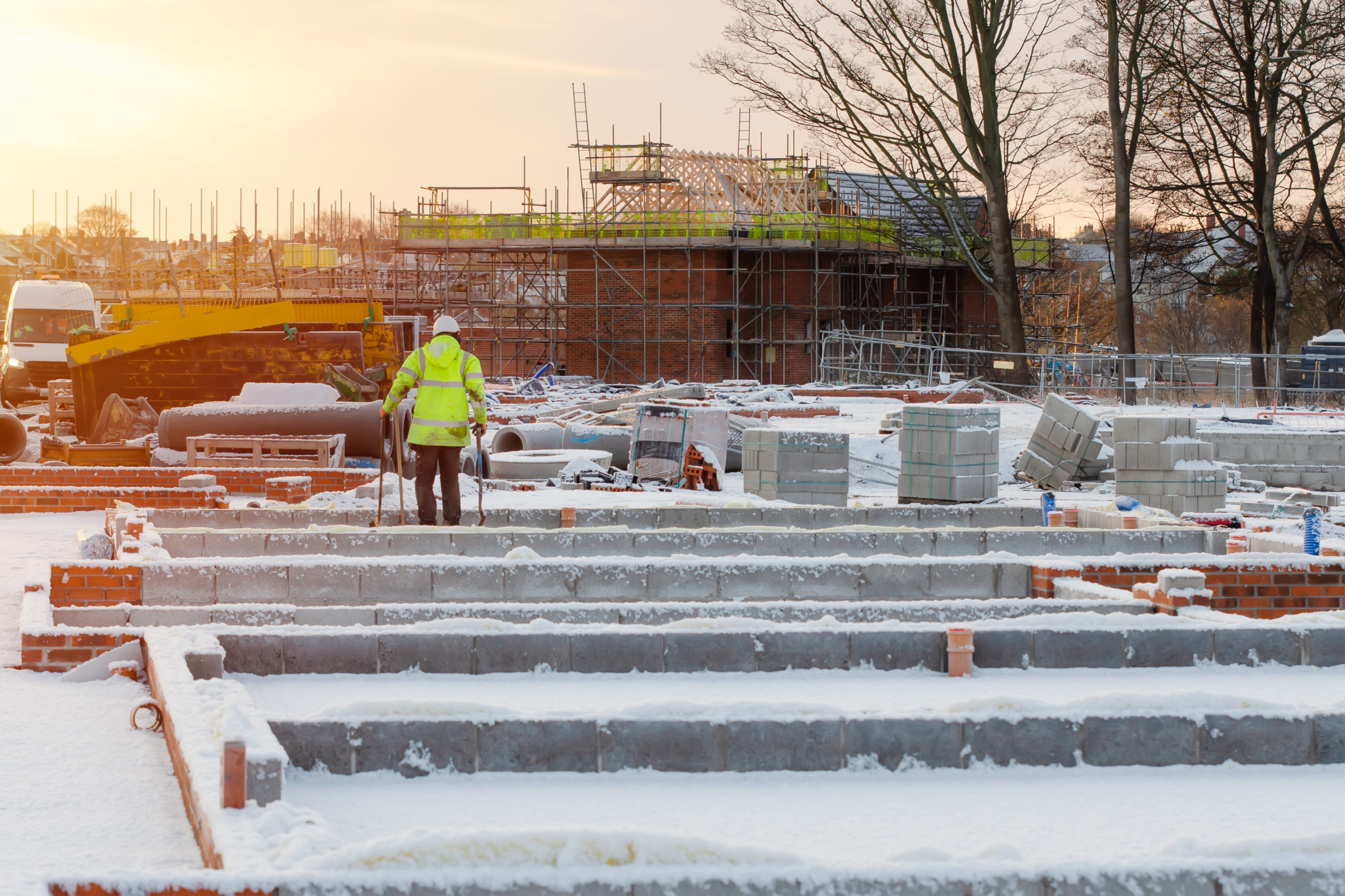Risk evaluations are utilized to identify the portion of the affected area that could result in contaminant concentrations that would be harmful to human health or the environment. Our staff has completed numerous risk evaluations in Louisiana (RECAP) and Texas (TRRP).
The staff members of SRP Environmental work hard to ensure that the limiting standards developed for our clients will prevent any potential for exposure to remaining contaminant concentrations that could result in adverse health effects or damage to the environment. We understand the complexities associated with balancing potential exposure and the costs associated with corrective action at a site.
While more time consuming, limiting the use of default values often leads to the calculation of higher limiting standards. Our goal is to decrease the affected area that requires corrective action, thereby reducing the expense to our clients.
 This is done by increasing the limiting standards by which the affected area is defined. The default limiting standards issued by state agencies are based on soil, groundwater, and exposure properties that may not be representative of the conditions present at the affected area. By utilizing site specific properties and associated values in place of the default values the limiting standards can be increased. Thereby reducing, and in many cases eliminating, the affected area and/or some of the impacted media (such as soil or groundwater) requiring corrective action; which saves our clients a great deal of money.
This is done by increasing the limiting standards by which the affected area is defined. The default limiting standards issued by state agencies are based on soil, groundwater, and exposure properties that may not be representative of the conditions present at the affected area. By utilizing site specific properties and associated values in place of the default values the limiting standards can be increased. Thereby reducing, and in many cases eliminating, the affected area and/or some of the impacted media (such as soil or groundwater) requiring corrective action; which saves our clients a great deal of money.
Upon review of the laboratory reported results our highly trained staff can quickly determine if completing a risk evaluation could reduce the affected area requiring corrective action. Give us a call to discuss the options available at your site and how we can be of assistance.
Once the affected area has been properly assessed the staff of SRP Environmental can complete a risk evaluation for the area of concern.

 ">
">
 ">
">